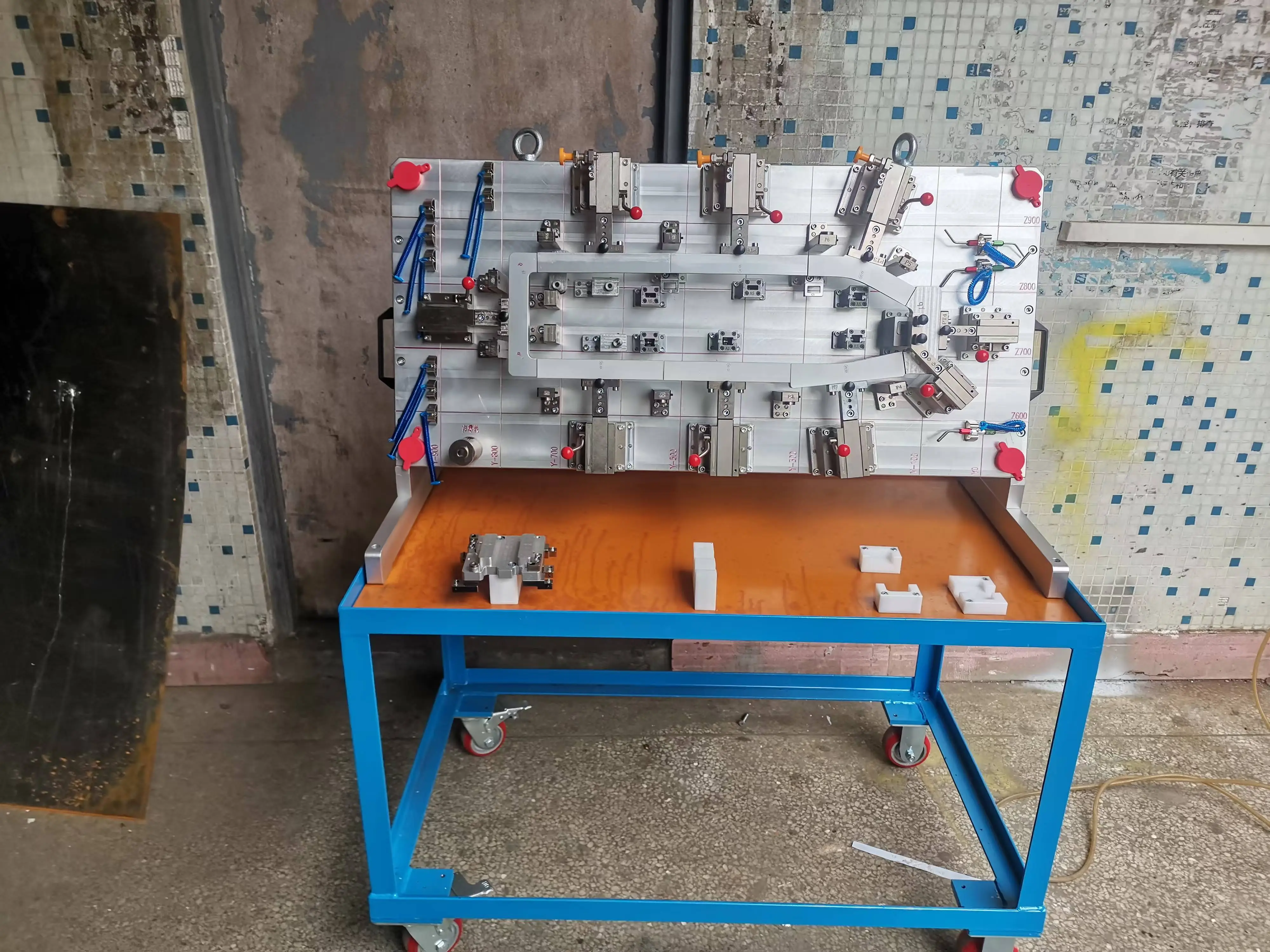Tailor made Jigs and Features for High-Precision Physical Parts
Efficient manufacturing processes and high-quality generation depend heavily around the precision and trustworthiness of the resources used to create, assemble, and evaluate elements. For your business that function with high-precision mechanised parts, custom lures and fixtures enjoy a critical role in ensuring accuracy and streamlining procedures. This blog explores various aspects of custom jigs plus fixtures manufacturing, their own applications, plus the rewards they offer in achieving high-precision criteria. Designing human hair wigs in order to meet Tolerances of COMPUTER NUMERICAL CONTROL and Laser-Machined Pieces When working together with advanced manufacturing technologies like CNC engineering and laser slicing, achieving tight tolerances is non-negotiable. Custom fixtures are specifically designed to keep components securely on place, ensuring consistent alignment and cutting down the risk associated with errors during engineering processes. Whether the goal is usually to generate intricate geometries with regard to aerospace components or even produce finely thorough parts for consumer electronics, custom fixtures offer you unparalleled stability plus precision. Companies expert in jigs in addition to fixtures manufacturing employ innovative designs tailored to the unique requirements of each application, customization accuracy and performance. How Custom Lures Improve Quality Examination in Mass Generation Mass production demands speed and consistency, but quality are unable to be compromised. Custom jigs suitable for evaluation purposes streamline the process of evaluating mechanical parts. These people allow inspectors to be able to quickly assess whether components meet design and style specifications without shelling out excessive time in setup and measurement. These jigs are particularly useful in industries like automobile and electronics, exactly where large volumes of parts need in order to be checked for defects. The combination of efficient design plus precision engineering ensures that quality control procedures are faster, very reliable, and less labor-intensive. Case Study: Precision Accessories for Complex Powerplant Component Assembly One of the top examples of the importance of custom fixtures is their application in assembling complex engine components. Accurate fixtures are made to hold components in exact opportunities during assembly, insuring that every element fits together properly. Without these fixtures, inconsistencies in conjunction can result in performance issues or even catastrophic disappointments. For example, in automotive and aerospace industries, custom fixtures utilized in the assembly involving gearboxes or generator engines make sure that sometimes the most intricate parts meet strict safety and efficiency standards. curly lace front wigs demonstrate the critical role custom lures and fixtures production plays in maintaining industry excellence. Components Widely used in High-Accuracy Jigs and Their particular Benefits Selecting supplies in jigs in addition to fixtures manufacturing is usually just as significant as the design alone. Depending on typically the application's requirements, components like steel, lightweight aluminum, and high-performance covers are commonly employed. Metallic, known for its sturdiness and resistance to wear, is great for apps involving heavy tons or repetitive make use of. Aluminum, being light-weight and corrosion-resistant, is certainly often chosen for portable fixtures or even when minimizing excess weight is crucial. High-performing plastics bring the advantage of very low friction and light-weight properties, making these people suitable for specialised uses in delicate operations. Each material offers unique rewards, enabling manufacturers to be able to customize jigs and fixtures to meet up with specific operational demands.  To conclude, the variety of materials for jigs and features plays a critical role in identifying their performance and sturdiness. By understanding the particular specific requirements involving the application, companies can choose materials that provide the particular optimal balance regarding strength, precision, and even cost-efficiency. Whether it's the robust strength of steel, typically the lightweight versatility associated with aluminum, or the specialized attributes of top-end plastics, the appropriate choice ensures enhanced productivity and reliability in manufacturing procedures.
To conclude, the variety of materials for jigs and features plays a critical role in identifying their performance and sturdiness. By understanding the particular specific requirements involving the application, companies can choose materials that provide the particular optimal balance regarding strength, precision, and even cost-efficiency. Whether it's the robust strength of steel, typically the lightweight versatility associated with aluminum, or the specialized attributes of top-end plastics, the appropriate choice ensures enhanced productivity and reliability in manufacturing procedures.